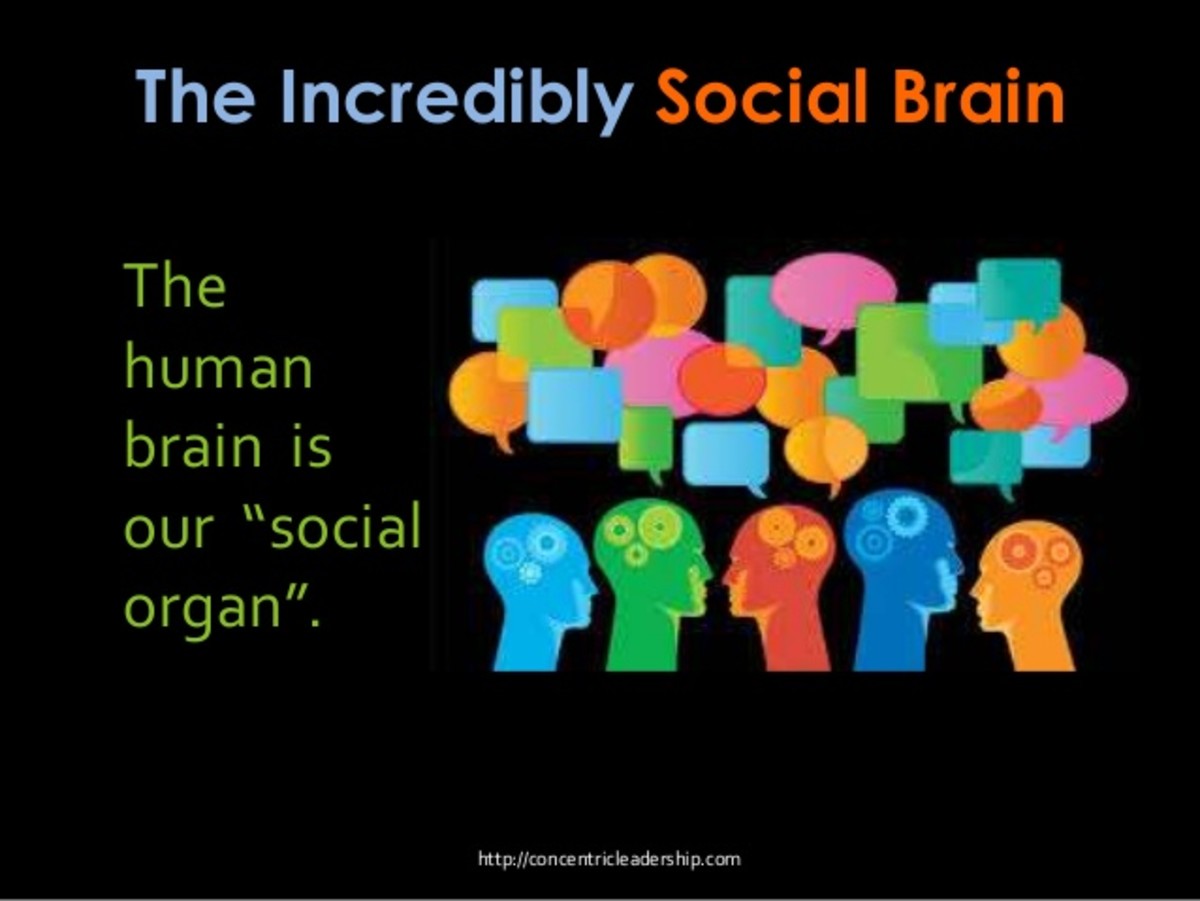Yay For Brutal Violence!

...You Wouldn’t Purposely and Repeatedly Expose Yourself to Brain Damage, Right?
Concussions. We’re aware that they exist. We know for fact they are not GOOD. Chances are, there will always be concussions, as well as subconcussive impacts and/or events. Both adversely effect the brain. A concussion just manifests actual symptoms, while a subconcussive impact’s damage goes unseen; initially asymptomatic. But the brain IS damaged. And one day, there will be manifestations of that damage. Especially if it is repeatedly damaged. I mean, you wouldn’t purposely and repeatedly expose yourself to brain damage, right?
There are risks that we take every day. What makes you more likely to be involved in a car accident? Riding in or driving a car. Yet most of us do it every day. We have to. We have to work, we have to commute, and even if we walked, rode a bike or utilized public transit, it’s a risk. We all understand this. But you know what would dramatically increase the odds of being seriously hurt by some sort of vehicle? Running into rush hour traffic; throwing yourself in front of a bus or train; riding your bike into oncoming traffic. Insane! We wouldn’t do that!
We understand that sitting at a computer every day can lead to carpal tunnel; not suddenly, but over time. Running a few times a week for years can lead to degeneration of the knees. Chronic bad posture can lead to a mild to severe “humpback.” Being sedentary for long periods of time can lead to blood clots. Pitch dozens of baseball games a year, and there’s going to be damage to the elbow. Drive through ONE pothole, and you might damage your car. Drive through a hundred potholes, and you WILL damage your car. And if one were to repeatedly slam their head into a wall, helmet or no, there would be consequences. Obviously!

Now the Controversial Part:
And yet, we have high impact sports. And the entire reason is for . . . entertainment of the masses. And, go figure, after decades of football, hockey, boxing, etc., as well as the advancement of science, we’re putting together the correlation between traumatic brain injury (especially chronic traumatic encephalopathy), and serious, premature, debilitating cognitive dysfunction.
Most folks have a “favorite” team. Their ride or die. So, you just enjoy watching this particular group of individuals putting themselves in danger of bodily harm? Then the outrage when one of them is injured! Yay, team.
“Subconcussive hits may contribute to later life mood and behavior problems. Since we’ve only been able to accurately count subconcussive impacts for the last 10 years or so, we’re still in the early stages of understanding what the long term consequences of these injuries are. The athletes in the first hit-counting studies just aren’t old enough yet to have developed long term problems,” (concussionfoundation.org/CTE-resources/subconcussive-impacts; Copyright the Concussion Legacy Foundation. CLF is a Registered 501(c)(3) Non-Profit Organization). There’s that “Y-word” again. YET.

Certainly We Can Find Something Else To Do.
But we still have entire seasons, specific weekdays and grand-finale events devoted to these sports that put every single one of its athletes at risk for brain and bodily injury. Each of their practices put them at further risk. We’ve all seen movies like “Gladiator,” and know that this type of entertainment comes at the wellbeing of those performing. The only difference is that they’re now massively compensated for putting their minds and bodies at risk. Of course, not AS massively compensated as advertisers and team owners. Of. Course. Not.
Most athletes begin perfecting their craft in high school, if not earlier. If they make it to college or pro-level, we’re talking about decades of repeated, continuous and violent brain injury. And the research being pursued now is showing that, on average, they get to enjoy approximately 10 years of spending their riches following retirement.
Guys, this is not okay. I’m open to any and all arguments to the contrary, but I’m having a hard time seeing where public entertainment is worth the price of anyone’s brain function. Look around; modern society needs to preserve all the brain cells possible. How many times and different ways do we need to learn that just because something has always BEEN done, doesn’t mean that it should continue?
© 2020 Katie Keesecker








